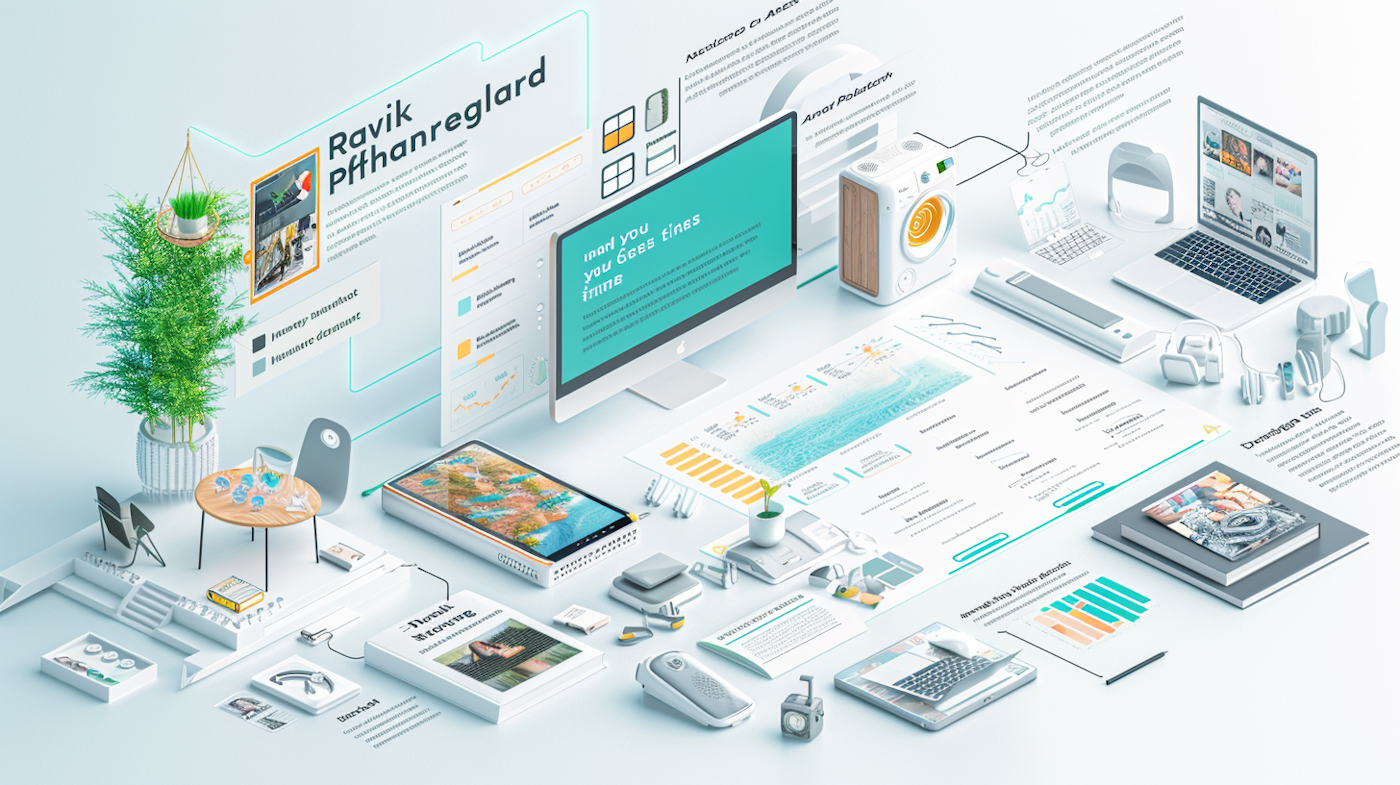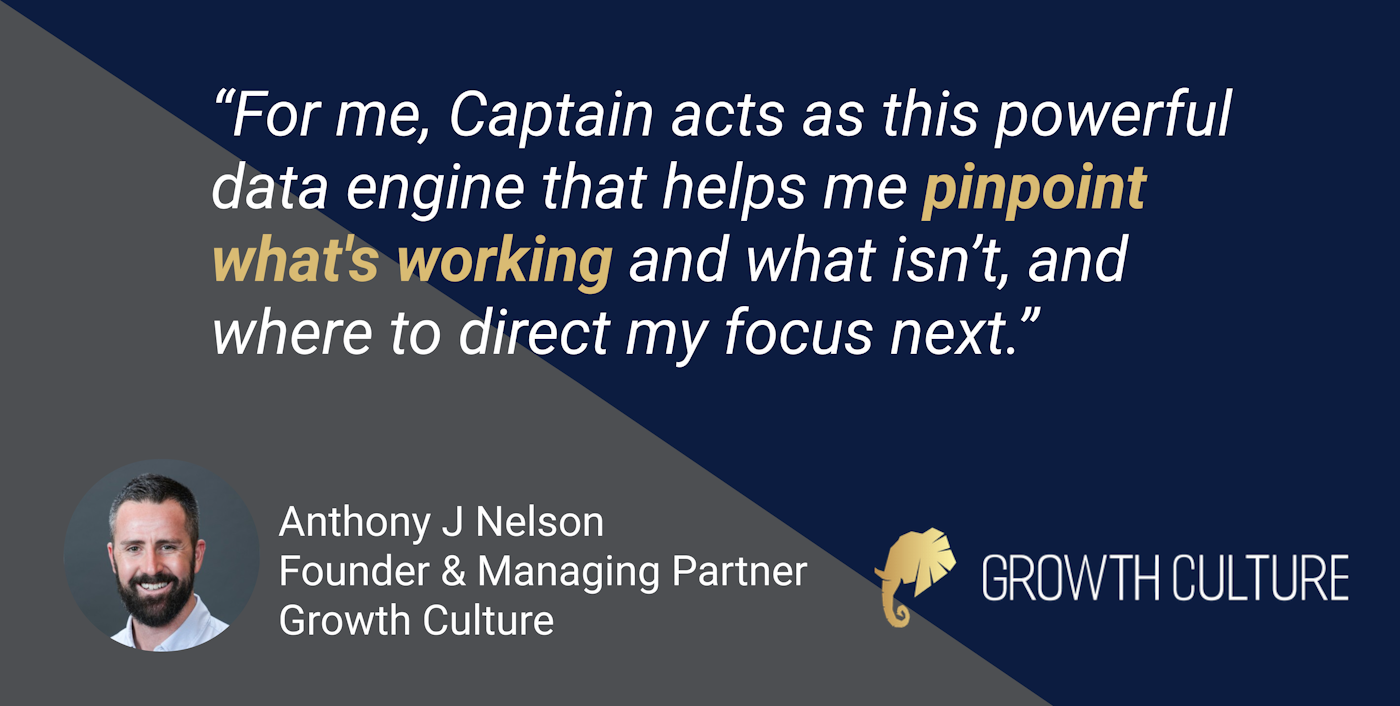How to Effectively Communicate Your Competitive Advantage
Is your business a hidden gem amid fierce competition?
Standing out in today's saturated market is vital. Understanding and articulating your competitive advantage can significantly shift your market position and visibility. We’ll explore why recognizing your unique selling points is essential and how it can transform your engagement with potential customers.
This discussion will include exploring your unique value proposition, crafting a differentiation strategy, and the art of communicating benefits over features. We'll also discuss employing competitive comparisons effectively, ensuring you maintain a professional tone while highlighting your strengths. By the end of this, you'll be equipped with the tools to understand and confidently communicate why your business is the superior choice.
Unveiling Your Unique Value Proposition
Understanding and articulating your unique value proposition (UVP) is essential for establishing brand identity and driving customer decisions. To begin, assess what makes your offering stand out; it could be your innovative use of technology, exceptional customer service, or a unique feature that no competitor provides. As Nick Rizzo, Customer Success Lead at Captain, states, "What you need to do is first craft, then learn to deliver specific nuggets of information you can use to get your value across." This involves a deep dive into what your customers truly value and how your product uniquely aligns with those expectations.
Visual tools such as infographics and charts are highly effective in enhancing the comprehension of your UVP. They simplify complex information into engaging visuals, making it easier for your audience to quickly grasp the unique benefits:
- Infographics can illustrate processes or benefits using a combination of images and text.
- Charts can compare features with competitors without highlighting them directly, focusing on your strengths.
Crafting Your Differentiation Strategy
A differentiation strategy is your blueprint for standing out in a crowded market. It involves leveraging your unique qualities to carve out a niche that your competitors haven't exploited. Identify the core attributes that make your brand unique, such as product features, company culture, customer service, or technology use, and consider how these can be used to your advantage. It's about being different in ways that are valuable to your customers.
One effective technique is to showcase your brand’s unique features through storytelling. This approach helps to humanize your brand and create an emotional connection with your audience. Focus on your own strengths more than on directly pointing out the advantages over the competition.
Communicating Benefits Over Features
The real power lies in how your product or service improves life for your customers. Focusing on benefits over features means you’re selling a better experience, a solution to a problem, or a way to achieve desires.
For instance, if your product is software that uses advanced data encryption, the feature is the encryption itself, but the benefit is the peace of mind and security it provides to the users. Transform technical features into benefits that resonate on an emotional or practical level with your customers.
Examples of pivoting from features to benefits:
- Feature: Our app integrates with multiple platforms.
- Benefit: You can manage all your tasks in one place, saving you time and reducing your stress.
Leveraging Competitive Comparisons Tactfully
While it's important to know where you stand in relation to your competitors, it's equally crucial to use this information tactfully. Competitive comparisons should be a tool for highlighting your strengths rather than diminishing others.
Creating comparison charts is a practical approach to achieve this, as it allows you to visually assert your advantages without needing to explicitly downplay the competition.
"Just let that chart highlight the superiority of your product," notes Rizzo.
This method provides a clear, direct visual representation of how your product stacks up against others on key features and benefits, all without a negative tone.
When discussing competitors, always maintain a positive and professional tone. It’s about elevating your brand, not disparaging others. Here are some tips to keep in mind:
- Focus on your strengths and how they translate into benefits for the customer.
- Use neutral language when referencing competitors.
- Highlight what sets you apart, rather than what others lack.
By adhering to these strategies, you can effectively communicate your competitive advantage, ensuring that your business not only stands out in the market but also resonates deeply with your target audience. Remember, it's not just about being different; it's about being strategically different in ways that matter to your customers.
Wrapping Up: Mastering Competitive Advantage Communication
Throughout our discussion, we've unpacked the essentials of distinguishing your business in a crowded market. Starting with the development of a robust unique value proposition, we've explored how to capture and communicate what makes your offerings exceptional. By focusing on benefits rather than just features, you're not just selling a product or service; you're offering a solution that enhances your customers' lives or businesses. Employing visual tools like infographics and charts lets you assert your superiority subtly, without undermining your competitors.
Reflecting back on the strategies discussed, remember that effectively communicating your competitive advantage involves being strategically and meaningfully different. As you move forward, keep in mind that every piece of your communication should reinforce the unique reasons customers should choose you over others. It's the subtle art of highlighting your strengths that leaves a lasting impression and nudges customers toward making that decisive choice.
From the Experts

"In discussing competitive comparisons for marketing purposes, I believe it's crucial not to focus too much on your competitors. In fact, if you create a detailed side-by-side comparison chart that includes your competitors, you might not need to mention them at all in the rest of your content. Just let that chart highlight the superiority of your product. There are a couple of reasons for this approach. Firstly, you really don't want to give your competitors free publicity, or talk them up too much, or even mention their names more than necessary. Secondly, you never want to come across as bad-mouthing a competitor, which could drag you down to their level. So, the number one rule in competitive comparisons for marketing is to focus on your own strengths more than on directly pointing out the advantages over the competition. Make it about your product's superior features, not about the competitors themselves."




